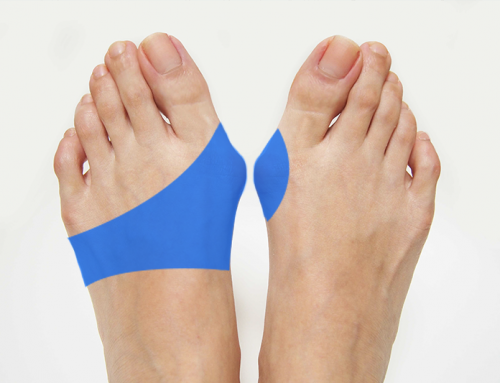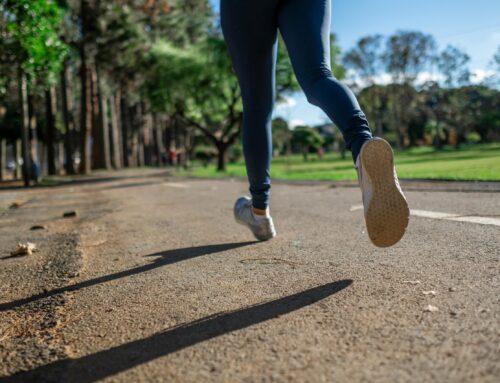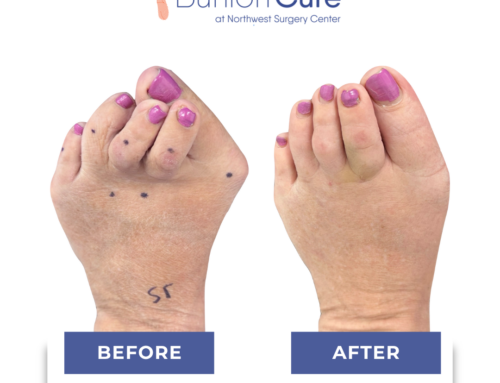Though bunions affect millions of people worldwide, the practice of preventing bunions is far from straightforward. Part of the reason why bunion prevention is so difficult is the fact that bunions may form due to a variety of factors. Many medical professionals believe that bunions are a genetic condition that may be exacerbated by lifestyle choices; others contend that lifestyle choices themselves may contribute to the formation of bunions on their own. In this blog, we’ll explain why bunions form, what they are, and –– crucially –– what you can do to get rid of them!
What is a Bunion?
Contrary to popular belief, a bunion itself is not a bone, but rather a bony bump that forms at the base of the big toe around the joint. Bunions occur due to a misalignment of foot joints. When the big toe begins to point inward (toward the other toes), it places pressure on joints, muscles, and ligaments, which causes a bony mass that eventually becomes a bunion to form. This process usually takes a long period of time –– years, if not decades. Bunions often start out small and may not cause pain for years. However, with time, bunions tend only to get larger and more painful. In some extreme cases, bunions may hurt so bad that they can prevent a person from engaging in regular physical activity.
What is the Cause of Bunions?
The cause of bunions is the misalignment of foot joints, bones, and muscles. A prevailing theory is that certain people are genetically predisposed to have bunions simply because of the way their feet are shaped. Individuals with flat feet, for instance, may be more likely to have bunions because of the extra pressure placed on their joints. Some unlucky individuals are even born with bunions due to the shape and genetics of their feet and the bunions only get worse with age.
Additionally, certain behaviors may contribute directly to bunions –– or at the very least increase their severity and speed up their development. Wearing tight-fitting shoes, particularly high heels, has long been associated with the eventual formation of bunions. (Note that women are more likely to have bunions than men.) Also, individuals who hold their feet at unnatural angles for long periods of time may be susceptible to bunions. And people who suffer from other foot issues –– like arthritis –– might develop bunions because of strain placed on the joint near their big toe.
Preventing & Treating Bunions
While we can’t always stop the cause of bunions in instances like when born genetically predisposed, the best way to prevent them from forming is to look after your feet as you would any other part of your body. Stretching your toes, wearing comfortable shoes, and monitoring your foot health are all good habits to build now. However, as mentioned above, some people may simply develop bunions because of the way their feet are shaped. As such, it’s important for individuals to take action as soon as they notice a bunion forming. The sooner you seek out treatment for a bunion, the better off you’ll be in the long run. Note here that over-the-counter products like bunion splints, pads, and cushions DO NOT act to prevent, reduce, or cure bunions. Rather, the only way to get rid of a bunion for good is to have it surgically removed.
Contact Us
At Northwest Surgery Center, we’re experts in the field of minimally invasive surgery. It’s our mission to provide our patients with quick, effective, and long-lasting relief from bunion pain. And our innovative treatment method ensures you can get back to living your best, pain-free life in no time. Contact us here to learn more about what we can do for you!
To learn more about getting a bunionectomy, contact the experts at The Bunion Cure! or download our free “Guide to Minimally Invasive Foot & Ankle Surgery“!
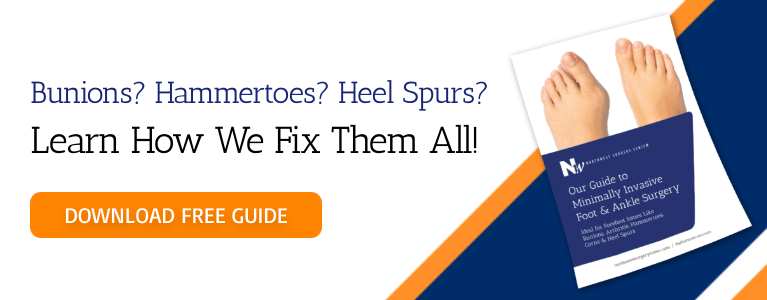
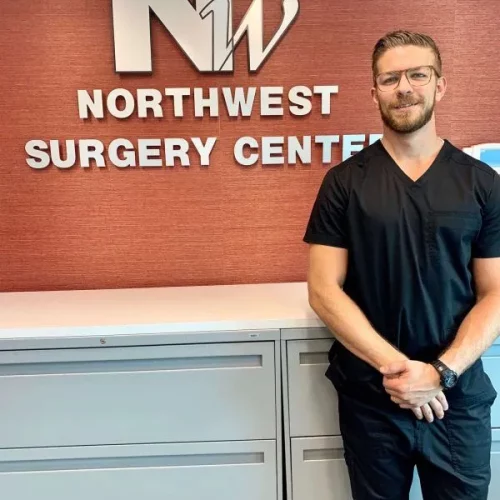
About the Author
Dr. Jordan Sullivan, DPM, is a board-certified podiatrist at Northwest Surgery Center specializing in minimally invasive foot and ankle procedures. He’s passionate about helping patients get back on their feet faster with less downtime.
Learn more about Dr. Sullivan here.


